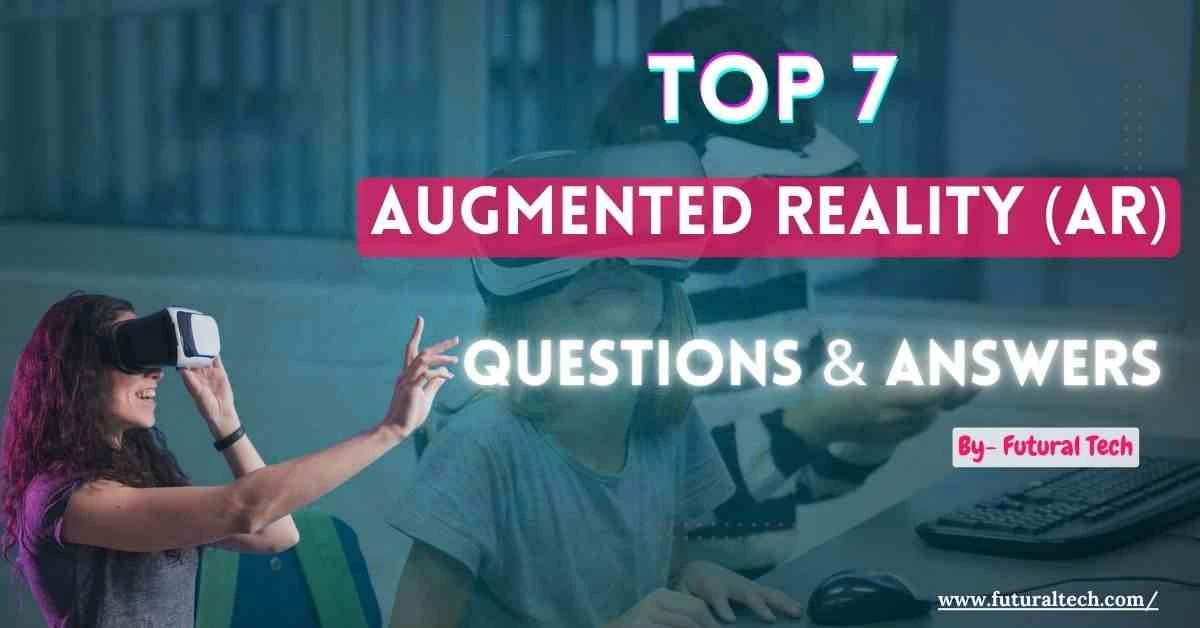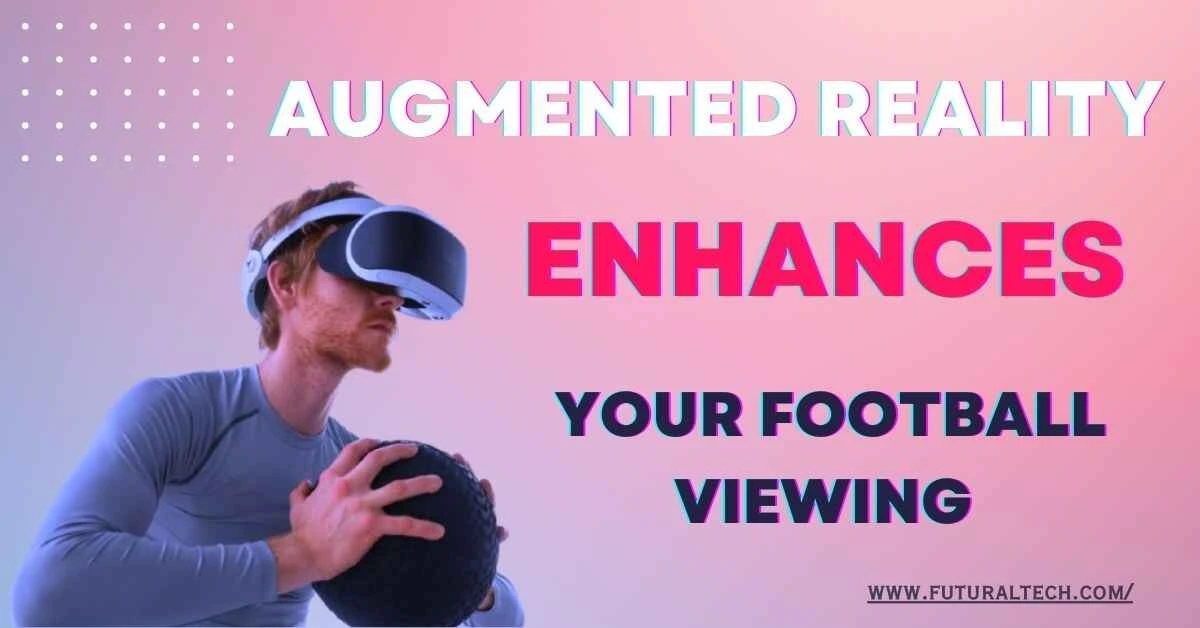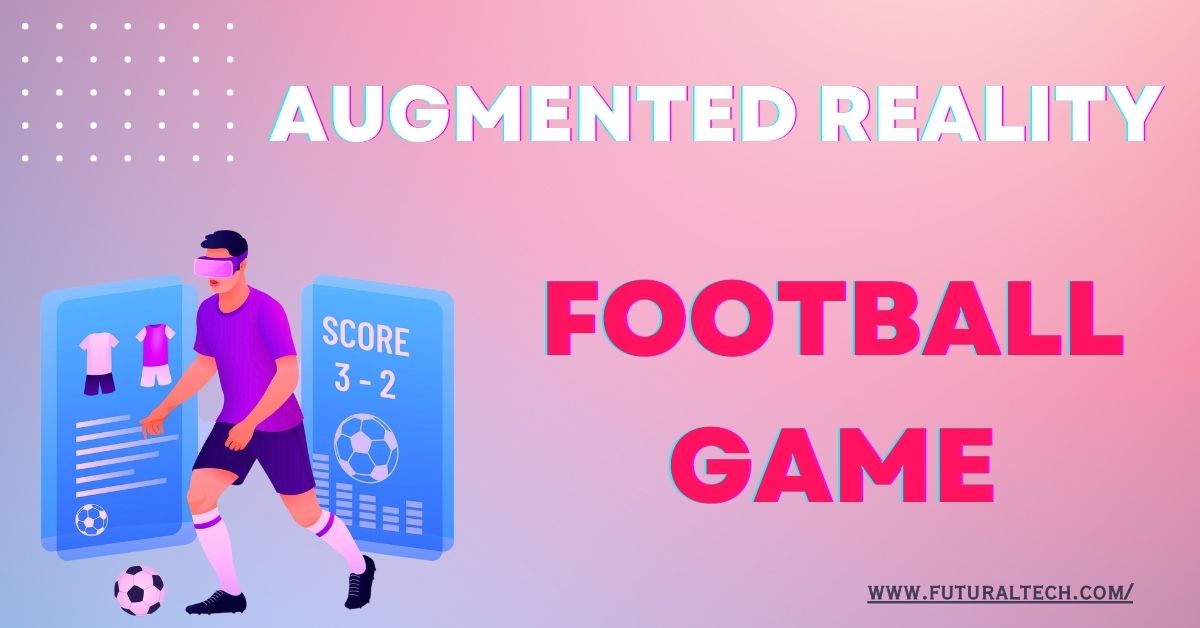AR in Education
Augmented Reality Questions and Answers: A Comprehensive Guide
By- Raj 8th-Jan-2025

What is Augmented Reality (AR)?
Augmented Reality (AR) can be defined as a technology that enhances the physical world by overlaying it with computer-generated images, sounds, or other data through devices like smartphones or AR glasses. In essence, AR adds digital elements to the real world, enhancing our interaction with our environment. Unlike Virtual Reality (VR), which immerses users in a completely fabricated universe, AR merges digital and real-world elements, allowing users to remain present in the physical world.
This technology has gained considerable traction in recent years, with applications spanning entertainment, like in Pokémon GO, and practical uses in industries such as healthcare and retail. A significant distinction between AR and VR is that while VR places users in a virtual environment, AR enriches the real world with digital information without replacing it.
How Does Augmented Reality Work?
The essence of AR technology lies in the integration of various hardware and software components. The process begins with sensors and cameras that gather data about the user’s surroundings. These sensors, embedded in devices like smartphones, tablets, or AR glasses, help monitor the user’s environment. The information is then processed by AR software, which uses this data to map digital images and recognize real-world objects.
Machine learning algorithms are often employed to recognize objects within advanced AR apps, ensuring digital content is seamlessly anchored in the correct location. For instance, an AR app used in a retail store might overlay product information on the screen when customers view items. Object recognition and precise tracking are crucial for reliable AR experiences, making AR a highly sophisticated technology.
What Are the Types of Augmented Reality?
In answering Augmented Reality questions and answers about its types, AR generally falls into these main categories:
- Marker-Based AR: Utilizes specific markers, like QR codes, to trigger AR experiences. When a device’s camera detects the marker, digital content appears on the screen.
- Markerless AR: Uses positional data, such as GPS or accelerometer information, to anchor digital elements in the user’s environment. This type is frequently used in navigation apps and other mobile AR applications.
- Projection-Based AR: Projects digital images onto physical surfaces, enabling users to interact with the projections. This type is popular in design and entertainment applications.
- Superimposition-Based AR: Overlays a digital image onto a real object, useful in healthcare for showing anatomy overlaid on a patient’s body.
Each type of AR serves a unique purpose, tailored to specific applications and industries.
Where Is Augmented Reality Used?
Augmented Reality (AR) technology has become accessible across various industries, enabling businesses to engage more effectively with customers and streamline processes. Key areas include:
- Entertainment: AR enhances gaming experiences by allowing users to interact with digital content in their real surroundings, as seen in popular games like Pokémon GO. AR is also used for digital concerts and virtual events.
- Education: AR applications enable immersive learning experiences, helping students engage with complex subjects through visual aids and simulations.
- Healthcare: In medical training, surgery, and diagnostics, AR increases precision and enhances patient outcomes.
- Retail: AR lets customers try on clothing, makeup, or furniture virtually, helping them make informed decisions before purchasing.
- Manufacturing: AR is used in training, quality control, and optimizing efficiency on the production floor, making it valuable in industrial settings.
What Devices Are Needed for Augmented Reality?
To use AR, compatible devices with the necessary hardware and software are essential. Common devices include:
- Smartphones and Tablets: Widely used for AR experiences, especially on iOS and Android platforms, which support many AR applications.
- AR Glasses: Devices like Microsoft HoloLens and Magic Leap enable hands-free interaction with AR content, popular in industrial and specialized applications.
- Desktop and Laptop Computers: AR applications can also run on computers, typically in fields requiring high-performance graphics.
AR developers must consider device compatibility since not all devices support advanced AR features. Device limitations can affect AR quality, making it crucial to choose suitable technology for a smooth experience.
Frequently Asked Questions
C# is beginner-friendly and widely used in AR.
Yes, tools like Unity’s visual scripting allow no-code AR development.
Machine learning enhances AR by enabling smarter object recognition and interactivity.
Costs vary based on complexity, but frameworks like Unity and ARKit reduce development expenses.
AR is an educational technology that uses the camera view to project digital information, images, videos, or 3D models onto the real world. This process is provided by mobile devices, including smartphones and tablets, and wearable computers such as AR glasses. See clear explanations of the learning experience now enabled the pupil to take in more of what they are learning because the abstract becomes tangible while turning interactive.
AR enhances student engagement by turning abstract concepts into interactive 3D models, helping students visualize and better understand complex topics. It also promotes active learning, making lessons more immersive and memorable.
Learn how AR enhances remote and online education, offering immersive experiences with interactive 3D models, simulations, and virtual environments for students.
AR finds its application in education through interactive and immersive learning experiences. It can make textbooks come alive by showing 3D models, animations, and videos that would further enhance the learning of complicated subjects for students, including science, history, and mathematics. Students may virtually view a human body in biology or observe events in classes on history. It also facilitates practical learning with the help of simulations and practice exercises, thereby making learning both enjoyable and effective.
In the school context, AR stands for Augmented Reality. The phrase refers to the concept that involves integrating digital content into the physical learning environment to make educational experiences more interactive and engaging.

Welcome to Futural Tech! I’m a passionate tech enthusiast and the creator of this platform, dedicated to exploring the world of Augmented Reality (AR). My goal is to provide insightful content on AR in education, business, gaming, and healthcare, along with useful tools and guides. Stay connected for the latest updates on futuristic technology! Read more












